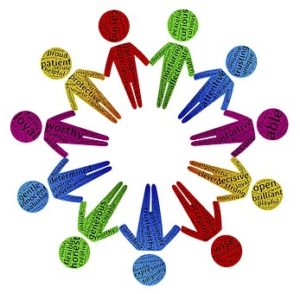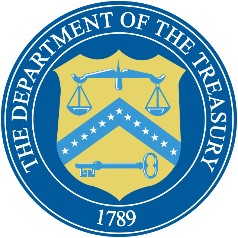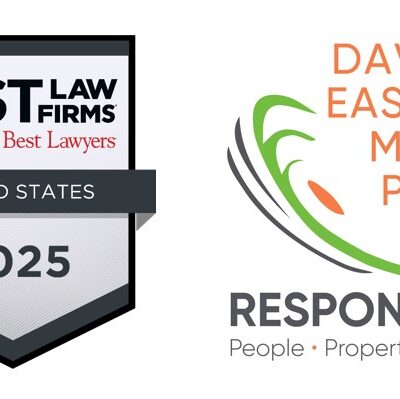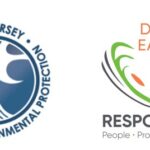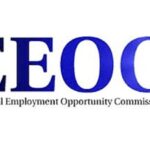Anti-harassment and anti-discrimination laws guide employers on the minimum legal standards that they must follow in the workplace. In 2017, culturally competent employers should want more than the legal minimum. They must aim to create, and to cultivate, a diverse and inclusive workplace. In 2017, it is not just a question of SHOULD we have a diverse and inclusive workplace, but HOW do we get there?
Let’s start with a basic definition of what is diversity and inclusion. Diversity is defined as the full range of visible (i.e., race) and invisible (i.e., education) differences that make each of us unique. Inclusion is the act of making someone part of something larger. I like to think of diversity as a noun and inclusion as a verb.
To answer the SHOULD question – studies show that diverse and inclusive organizations have a more successful bottom line. Some of the other benefits of the diverse and inclusive workplace are as follows: they lead to creative and innovative production and solutions; they are more successful; they are more competitive in the world’s changing demographics; they are more legally compliant and ethics-centric; they attract more unique talent; they have higher growth rates; they help society; they leverage an organization’s full potential; they can capture an increase in market share, including globally emerging markets; they are more prepared for a global workforce; they create a culturally competent organization; they drive performance; they expose employees to differences – not only personal differences – but also differences of ideas, viewpoints, solutions, and experience; and they are more productive and successful.
To answer the HOW question – the first step an organization must take is to commit to cultivating a diverse and inclusive workplace. Promote and advertise (internally and externally) that your workplace puts diversity and inclusion at the forefront; millennials expect this! Provide training and education on the subject (i.e., – what is diversity and inclusion; how do we demystify stereotypes and eliminate conscious and unconscious bias). Have the goal of diversity and inclusion start at the top of the organization and trickle down to all employees at any level. Make a conscious and proactive effort to recruit, hire, work with, coach, guide, develop, relate, promote and retain employees who represent a wide variety of diversity. Align your diversity goals with your overall business goals. Try to measure your progress by implementing matrices and surveys. Set up committees and mentorship programs in an effort to achieve diversity and inclusion. Have your organization participate in a unique community activity or one in which you leave your comfort zone.
Become a culturally competent, all-encompassing organization. Ask questions and seek to understand the differences among us. Welcome and value differences in opinion, viewpoint, solutions and procedures. It can be as easy as observing or acknowledging other’s traditions, dress, celebrations, food, and holidays. Learn that there are many levels to diversity – beyond what meets the eye. Quite simply, treat others as they would like to be treated…with dignity and respect.
If you have any questions on how to address or develop your company’s diversity and inclusion program, please contact Nicole S. Croddick. Nicole regularly trains and educates organizations on these very important issues.


